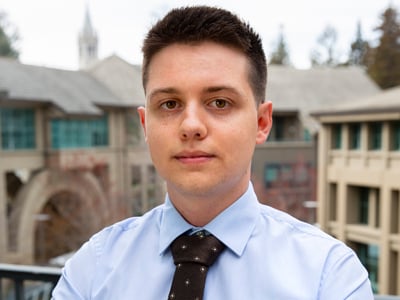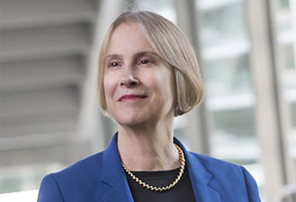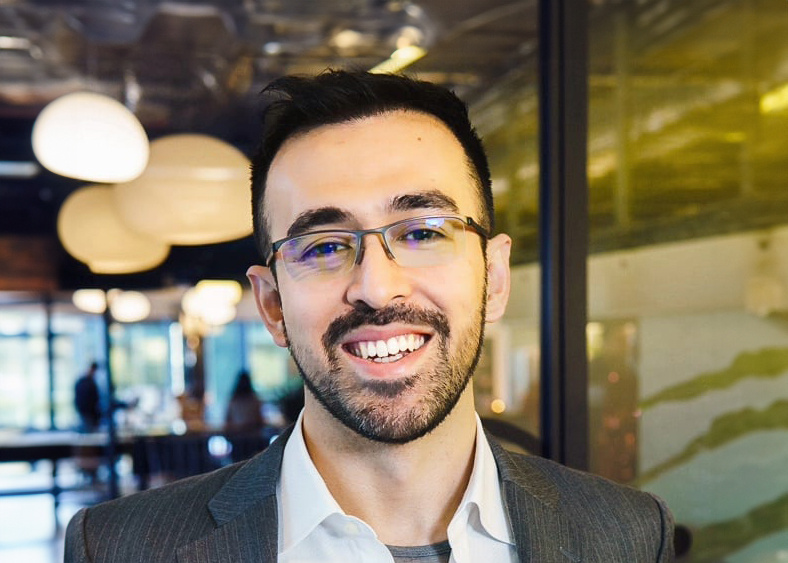 William Lambert came to the MFE Program in March of 2020 with a bachelor’s degree in applied mathematics from the University of Paris Dauphine and ENSAE Paris where he studied machine learning and financial mathematics. After ENSAE, William worked as a data scientist in the AI Risk research team at BNP Paribas. As a machine learning enthusiast, he submitted an NLP research paper to ICJAI20, and attended several hackathons before making the decision to come to Berkeley to fulfill his dream of working as a data scientist at a novel technology firm.
William Lambert came to the MFE Program in March of 2020 with a bachelor’s degree in applied mathematics from the University of Paris Dauphine and ENSAE Paris where he studied machine learning and financial mathematics. After ENSAE, William worked as a data scientist in the AI Risk research team at BNP Paribas. As a machine learning enthusiast, he submitted an NLP research paper to ICJAI20, and attended several hackathons before making the decision to come to Berkeley to fulfill his dream of working as a data scientist at a novel technology firm.
1. Why did you do the MFE?
I wanted to get hands-on exposure to current financial applications and a better grasp of the intricacies of data science in finance. And for that, the MFE was the best choice. What drew me to the MFE was also the opportunity to work with several companies through industry projects where my teammates and I focused on specific areas of research to customize our experience.
2. You came to the MFE to work strictly as a machine learning engineer. Why?
As my background is more oriented towards statistics and data science, I had a strong preference for technology before joining the program. I wanted a job in data science, but, as more and more companies in the financial sector started incorporating AI into their operations, I did not want to limit myself to a specific industry. That’s why I enrolled in the MFE program, whose curriculum is calibrated to these two fields. With the experience I gained from the BerkeleyHaas MFE, I sincerely think I got more than I ever expected. The career team also did an outstanding job in helping me find both the internship and then full-time job that best suited my interests.
3. What did you do during your internship?
As a Machine Learning Engineer, I implemented an AI assistant that can detect the intents of emails and automate several tasks including vendor management (onboarding, updates, inquiries), dunning, and collections. This work was part of a larger effort to build a conversational-AI engine using natural language processing techniques. A substantial aspect of the work consisted of training and evaluating state-of-the-art models using conversational data. I also spent some time on the deployment of their NLP module.
4. What will you do in your full-time position?
I will be joining a subsidiary of SparkCognition named AIM2 as a Machine Learning Engineer. My job will be to develop an AI market-making solution using reinforcement learning, among a larger spectrum of techniques.
5. What skills learned in the classroom will you be using in your full-time job?
For sure, the 230I course that taught us how to price and hedge fixed income securities will play a central role in my job. I also expect a lot of notions from the courses of Financial Data Science and Deep Learning to come into play. The knowledge we gained around time series forecasting, which ranges from traditional statistics to sequential neural networks, is just another example.
6. What can you say about those you worked with this year, i.e., your classmates?
They are all clever and fantastic team players with a great sense of humor. I never expected such a diversity of cultural and professional backgrounds. I almost learned as much from them as from the professors throughout the year.








